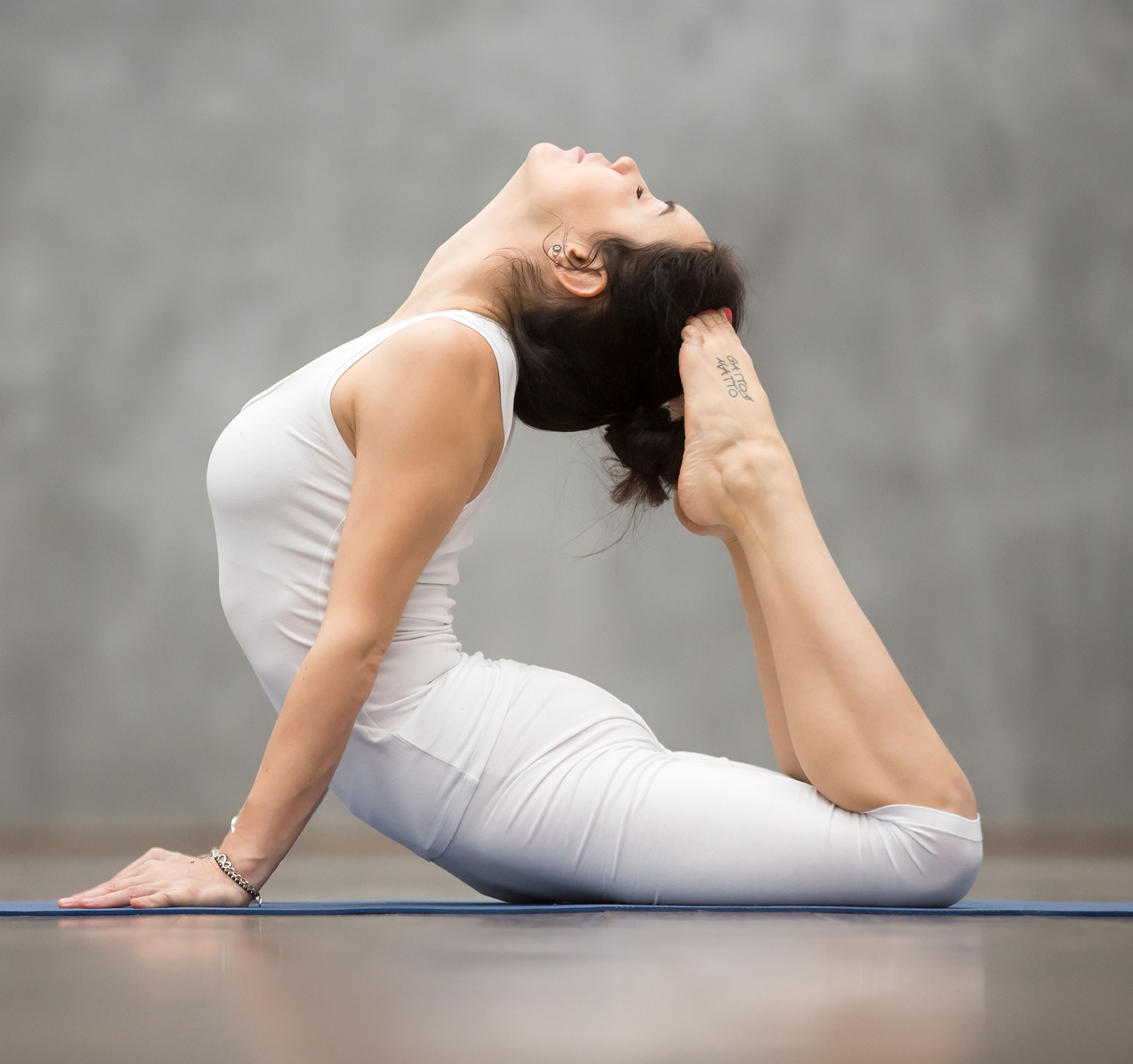Bend, breathe and relax – you’re on the way to a lifetime of health
By Charmaine Yabsley via SMH
During the early 20th century, Pilates movement founder Joseph Pilates said of the movements he had designed: ”In 10 sessions, you will feel the difference. In 20, you will see the difference. And in 30, you’ll be on your way to having a whole new body.”
He was right. Pilates, a form of exercise favoured by millions of people worldwide and championed by celebrities such as Jennifer Aniston, Gwyneth Paltrow and Madonna, can give you a whole new postural structure and even increase your bone mass composition.
The shape of things to come
”Pilates is a mind-body exercise that focuses on strength, core stability, flexibility, muscle control, posture and breathing,” says Dr Jarrod Meerkin, of Exercise Sports Science Australia. This winning combination of mind and body has secured its popularity among devotees.
”It changes your shape by educating you about how to carry yourself throughout the day,” Pilates practitioner Sally Anderson says. ”You always remember to pull your stomach in, and keep your shoulders relaxed and down. Even when you’re not at class, you’re aware of your posture and body.”
How it benefits your bones
So what happens to your body when you perform a Pilates move?
”You stabilise the core by pulling your navel back towards your spine, while simultaneously using your peripheral elements [arms and legs] in a particular movement,” Meerkin says. ”This act of stabilisation is very important for those with lower-back pain or those of the more elderly population, to improve bone density in the hips and spine.
According to Osteoporosis Australia, more than 1 million Australians are affected by fragile and brittle bones, which can lead to a higher risk of fractures.
”Bones are similar to muscles,” Meerkin says. ”Just as you can improve the size of your arm muscles by doing biceps curls, you can improve the bone mass by using muscles attached to a particular site.
”Pilates movements focus on your skeletal structure and the muscles attached to your spine and hips,” says Dr Oskar Lindback, a chiropractor and director of Peak Potential Bulleen, Victoria. All poses focus on the skeletal structure and the muscles attached to the spine, in particular the deeper ones that lie under the surface muscles, so as you become stronger, your skeletal structure becomes healthier.
”Weak abdominal muscles can lead to back pain,” Lindback says.
”Pilates activates the deep postural muscles which reduce pressure on your lower back.” Lower back pain can lead to pain throughout the rest of the body. ”Force of gravity acts on your spine, so poor posture will load your spine and you can suffer from back pain, carpal tunnel and headaches. Over time, poor posture can break down your spinal discs and cause arthritis in the spine.”
Machine versus mat work
Stretching and strengthening your body doesn’t involve only poses on a mat.
There are now Pilates reformers, accessories such as ”magic circles” and vibration machines.
”The best idea is to do mat and machine work in a supervised class where you’ll use both and props to help strengthen your core,” Anderson says. ”Reformer machines act as an assistant to help you get into position or to perform the move, while mat works uses your own body weight to perform the moves and as resistance.”
A weighty question
A 2011 study followed 58 obese women who attended one-hour Pilates classes four times a week, for eight weeks, and found their hip-to-waist measurements and flexibility had improved.
”This is probably because they were sedentary, so any exercise can make a difference,” Meerkin says. ”It’s great as an accompaniment – just one class a week can help improve your posture and bone mass,” Meerkin says.
Sources
Obesity and pilates study was held in 2011 in Selcuk University of Konya in Turkey. ncbi.nlm.nih.gov/pubmed/22397236
Famous Pilates poserspilatescentral.co.uk /famous-pilate-devotees.html

